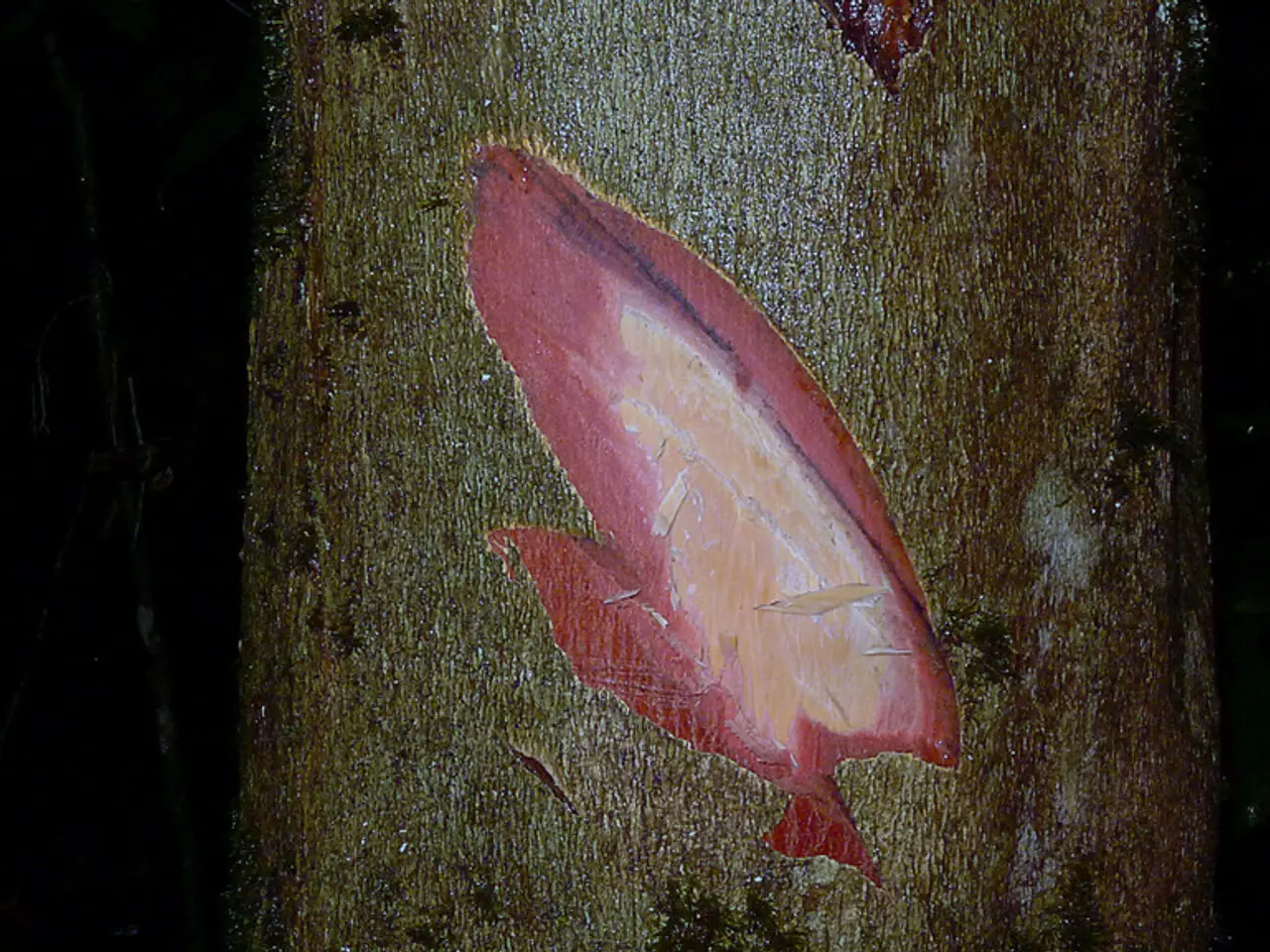Scientists Allegedly Develop Glowing Poultry
In a groundbreaking scientific development, researchers are working on creating genetically modified chickens that glow under UV light, with the hope of combating avian influenza, also known as bird flu. This research, ongoing since around 2011, aims to protect both animal welfare and public health.
The chickens are modified to contain a fluorescent protein gene, which is responsible for their ability to glow under UV light. This feature serves as a research tool, facilitating the identification and monitoring of genetically modified birds in laboratory settings. However, it is important to note that the primary goal of this research is not to create commercially glowing chickens, but to develop a method to reduce the transmission of bird flu among poultry.
The visibility of the fluorescence in these chickens is enhanced in a dark environment under UV light. Despite appearing ordinary in normal lighting conditions, when exposed to UV light, these birds emit a distinctive glow. This is not a continuous emission like that of traditional phosphorescent materials; instead, the chickens only emit light when stimulated by UV light.
The research primarily aims to combat avian influenza by introducing a "decoy" molecule that mimics a crucial part of the flu virus genome. This decoy molecule prevents the virus from replicating within the chickens, potentially making them resistant to the bird flu virus. Although the chickens may still contract the virus without transmitting it to others, this resistance could significantly reduce the spread of the disease among poultry populations.
While the search results did not provide any information about the use of fluorescent proteins in genetically modified chickens for combating avian influenza, there is ongoing research into avian influenza using various methods. For instance, a recent study introduced a novel subunit vaccine using a conserved HA6 scaffold for H9N2 avian influenza, showing broad-spectrum protection in chickens. This method involves using a fusion protein to induce immune responses rather than fluorescent proteins.
Another study highlighted the role of gut microbiota and its metabolites in modulating antiviral immunity, particularly against H9N2 influenza. This research focuses on the immunomodulatory effects of gut commensals rather than genetic modification with fluorescent proteins.
As the research on glow-in-the-dark chickens continues, the ultimate goal is to produce chickens completely resistant to avian flu. However, the commercialization of these chickens is still several years away, as the research is currently in the experimental phase. This collaborative project involves scientists from various institutions, working together to address significant public health concerns, particularly in relation to avian influenza.
Scientists are exploring the potential of using fluorescent proteins in genetically modified chickens to aid in the study of medical-conditions like avian influenza, contributing to overall health-and-wellness by providing a tool for identifying and monitoring these modified birds. However, it's important to clarify that the primary focus of this research is not to produce commercially glowing chickens, but to develop a means to combat the transmission of bird flu among poultry.




